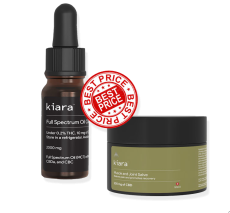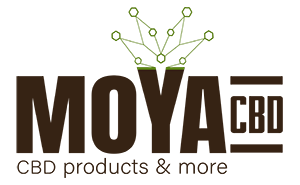Why is it important to check if a prescription drug does not conflict with CBD?
Drug collisions are tested with extreme caution in modern medicine. More than half of adult residents in the United States take prescription drugs on a regular basis and at least 75% of Americans use more than one over-the-counter doctor’s medication.
In short, many people take several medications together and they can affect each other’s metabolism.
The use of the cannabis plant becomes common from year to year and a large number of cannabis consumers simultaneously consume “regular” pharmacological drugs.
In light of the consent and acceptance of cannabis as an option for pain relief, consumers and medical professionals are advised to recognize and understand how key ingredients in the plant such as CBD and THC may conflict with other pharmacological drugs.
If you or you are taking regular prescription medications to treat a chronic condition, it is important that you check whether these drugs conflict with CBD first and foremost in order to prevent harm to medical treatment. For your convenience, we have prepared two lists in which you can look for prescription drug conflicts with CBD:
*These lists should not be considered a medical recommendation and the attending physician should be consulted for any changes in taking a prescription medication:
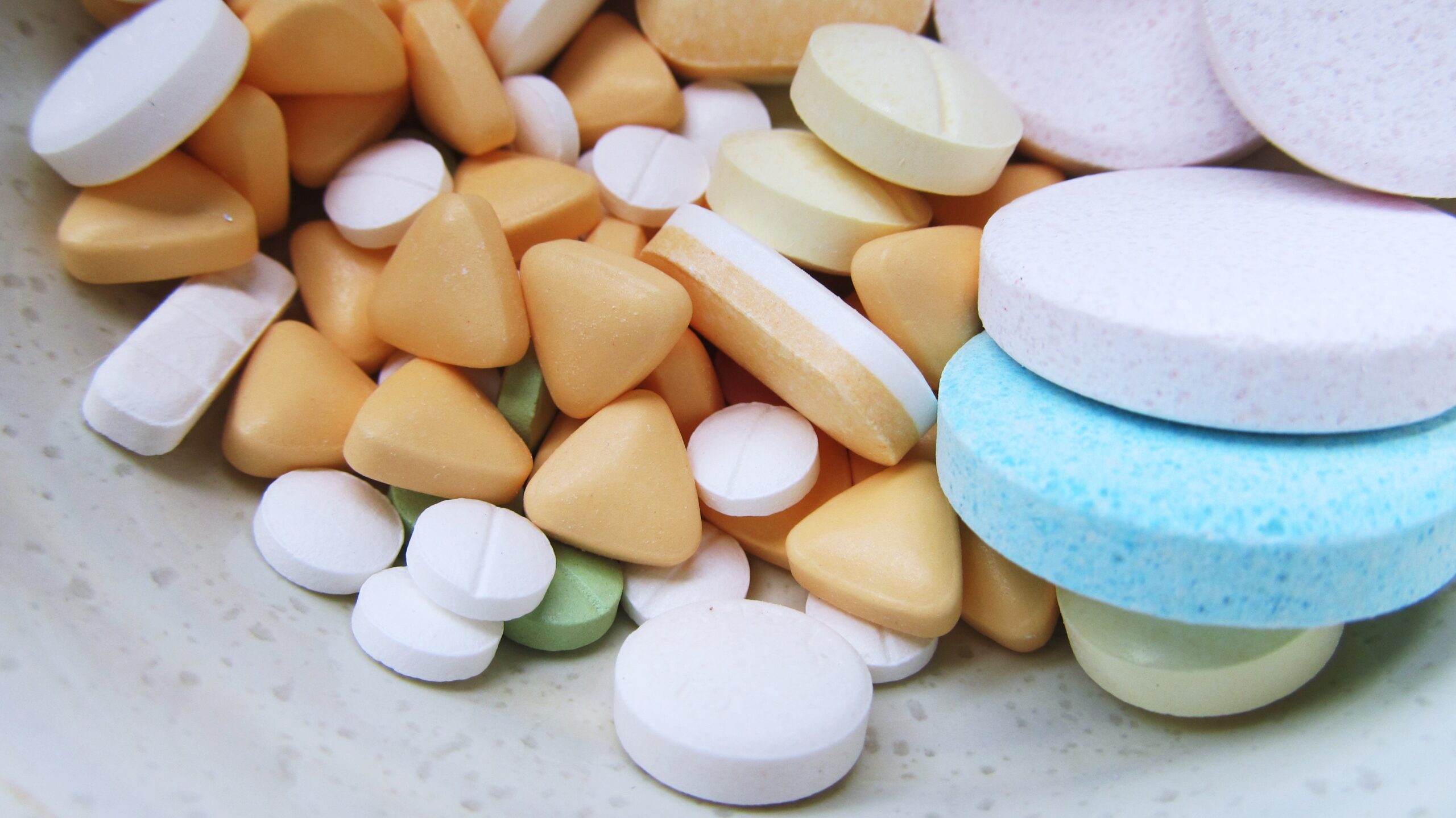
List Of Drugs That May Conflict With CBD
How do I know if a prescription drug you’re taking conflicts with CBD? For our use, we are given a warning that accompanies taking certain medications – not to eat or drink grapefruit for any duration
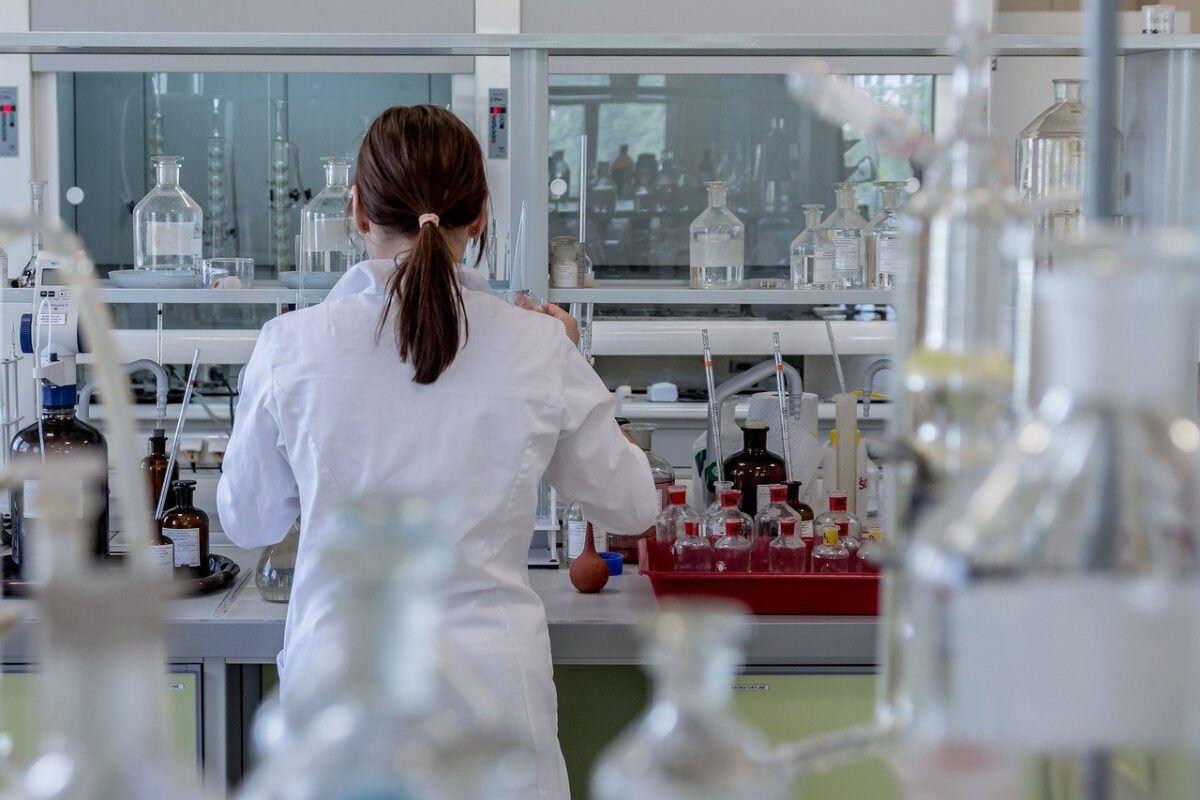
List Of Medications That Can Be Taken With CBD
The drugs on the list are drugs that consumers have asked us to test for. The examination we conduct includes reading the specifications of the drug and its components and comparing it to the joints in the liver. This is not a pharmacological examination.
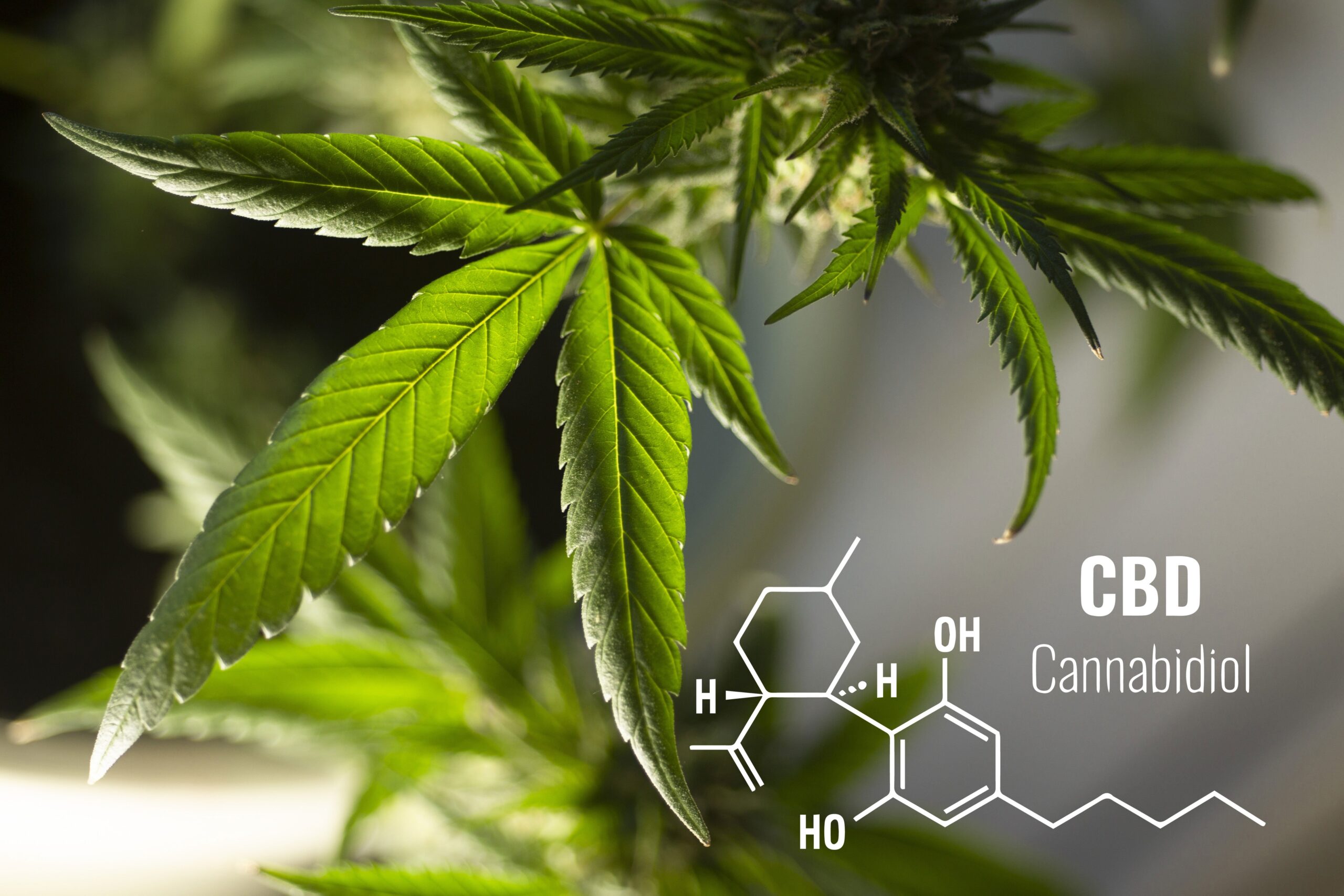
The Complete Guide To Drugs & CBD Collisions
The guide to drugs collisions and the list of medications accompanying the guide located on this site have not been examined by the Ministry of Health /YIKR, and/or have received dedicated approval from these bodies.
Did you find that one of your medications is on the list of medications you shouldn’t be taking CBD with?
There is no need to give up the experience of CBD products. There are still somethings to do :
- In consultation with the attending physician it is possible to replace the drug that conflicts with CBD with a drug that does not conflict.
- Relevant information about drug and cannabinoid conflicts is difficult to obtain because of the prohibitions and restrictions that apply to the cannabis plant (marijuana) in clinical studies and medical surveys. To this end, we translated the complete guide to drug collisions and added the editing and knowledge of Dr. Yaakov Waksman, MOYA’s scientific advisor for drug collisions. This synopsis may not only help medical professionals and consumers predict and avoid the problematic consequences and consequences of such collisions, but also take advantage of situations in which cannabis and pharmacological drugs may work synergistically and positively together.
General summary at key points
Based on observations relating to the wide distribution of cannabis inflorescence or CBD full spectrum oils”, there does not appear to be many problems in this area of drug collisions. The clinical use of Satibax and Marinol amounted to a minimal number of drug collisions.
THC has a built-in “safety rail” – if you consume too much you will know that you have reached your limit and will stop.
With CBD there is no such safety rail and there is no sense of dysphori feedback (discomfort – the opposite of grey) that spells out that you have consumed enough.
Cannabis is substantially safe, according to a large number of studies, in the CBD patent application at the U.S. Patent Office and in the conclusions of the expert committees that consult health organizations around the world
Note two important things:
- When CBD is concentrated in its pure form (isolate), a high dose is required for therapeutic efficacy, unlike full-spectrum extractions (full plant extracts), which have a wider treatment window and are also effective in a lower dose than treating the molecule in its pure form.
- In the CBD safety tests conducted as part of the trials for the CBD-based drug “Epidiolex” it was found that at a dose of 600 kg of pure CBD per day some patients developed toxicity to CBD in the liver.
Is there a recommended daily maximum dose?
600ml Pure CBD per day = 60 daily drops of CBD oil at a concentration of 20% (10ml) – this is an almost imaginative amount for most of the CBD-consumed population. Most CBD consumers take an average of about 40 kg to 120 kg per day. The British Ministry of Health currently recommends not taking more than 300 mm of pure CBD per day and the US FDA has not yet decided on the issue. There is no doubt that more comprehensive and thorough research is needed in the field, but it can already be said that CBD toxicity to the liver may be possible in extreme and rare cases in which the patient is already accompanied by a treating physician who is examining any changes and additions to conventional medicines.
Sequence and form of taking
The way cannabinoids are consumption (smoking, evaporation, eating, oil, patch, skin paste, etc.) also has a big impact on whether or not there will be an inter-pharmacological collision. Collisions are much more common in cases where both are taken orally (internally) and processed in the liver before being distributed throughout the body. Cannabinoids are absorbed/absorbed more when taken on a full stomach. Cannabinoids in ingestion will have a higher concentration in the liver than cannabinoids in redaction for example, so CBD products for ingestion will have greater potential for drug interactions.
Combination of CBD with opioid analgesic drugs
Simultaneous use of opioid painkillers and cannabis may result in a reduction in the dose of the opioid drug and still maintain the absence of a feeling of pain. Reducing the dose of opioid drugs will reduce the number of overdose deaths per year. This is a good example of positive interaction between CBD in particular and cannabinoids as a whole and prescription drugs.
How dangerous is the encounter between cannabis and drugs?
Like the danger of taking excessive doses of any other drug the patient takes. Problems may arise when a patient combines an extremely high dose of pure CBD with another prescription drug that has a very narrow window between medical efficacy and dangerous toxicity. Although they are rarely dangerous to the point of total disqualification of the use of the drug, they can have serious consequences for the patient’s treatment and quality of life.
Therefore, it is always recommended to check the information for yourself and consult your healthcare professional.
General summary at key points
For our use, we are given a warning that accompanies the taking of certain medications – not to eat or drink grapefruit for the duration of use of the drug.
Why grapefruit?
Grapefruit contains plant chemicals called Furanocoumarins that inhibit one of the enzymes responsible for the breakdown of drugs in the body (the enzyme CYP3A4 found in the liver and walls of the small intestine). The result of the enzyme inhibition is a significant increase in the level of drugs in the blood and worsening of their side effects.
But not just grapefruit!
There are 3 other plants that have been found to be in conflict with CBD and therefore it is advisable to avoid their consumption at the same time as the consumption of CBD:
Goldenseal – Golden Seal – Scientific name: Hydrastis canadensis
Perforate St. John’s-wort – Perforated Pharaoh – Scientific name: Hypericum perforatum
Watercress – Watercress – Watercress – Scientific name: Nasturtium officinale
These plants are sometimes found on the shelves as dietary supplements and are sometimes used in ointments and skincare creams, and attention to the matter is certainly recommended, and caution is taken, especially for chronic patients taking a variety of prescription drugs that affect a large number of different body systems.
So far, based on observations regarding widespread use of raw cannabis inflorescence and full spectrum cannabis oil, it seems that no other serious problems are known because of interactions between drugs and cannabinoids.
You searched the list of drugs and couldn’t find the medication you’re taking?
We have been noted here as many identifying details about the drug (English and Hebrew) and we will endeavour to complete the information as soon as possible!
Want to experiment with quality CBD products?
MOYA recommends several products suitable for treating a variety of problems, it is worth taking a look at the store and learning our many products. For free advice and to select the right product for you – contact us